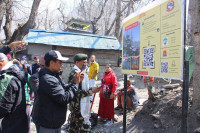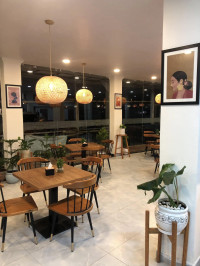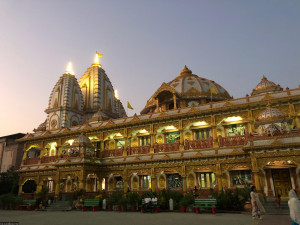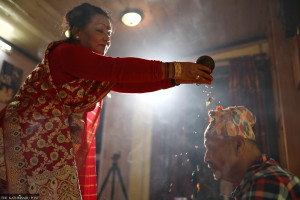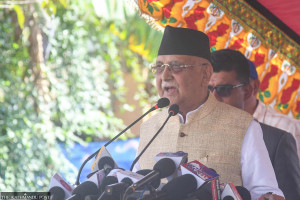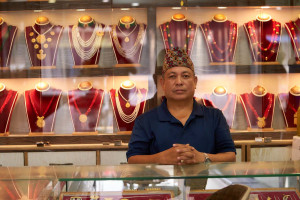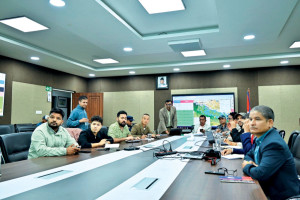Culture & Lifestyle
The growing appetite for yomaris
Over the years, owing to its popularity, the traditional yomaris have evolved to become a commercial commodity of sorts.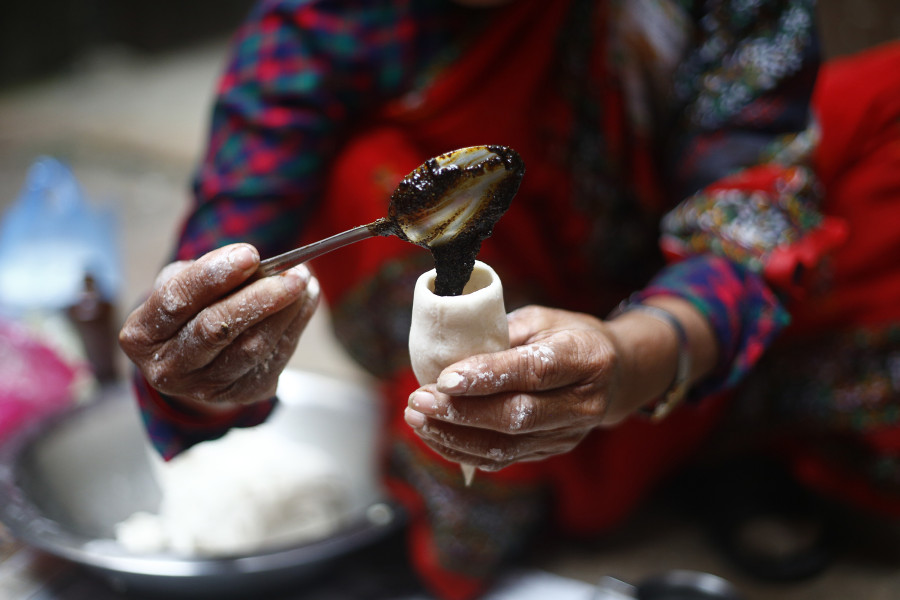
Shashwat Pant
Every year as Yomari Punhi approaches, Niru Maharjan runs on a tight schedule, preparing batches after batches of yomari. A native of Bungamati, Maharjan is one of the many deft hands at the Village Café in Jhamsikhel working days prior the Newar festival to make hundreds of the steamed cone-shaped dumplings.
“It’s the same every year. We get so many orders before Yomari Punhi; it’s crazy,” says Maharjan. “We never thought yomaris would be so popular when we started.”
Yomaris are a Newar delicacy traditionally made with rice flour with a sweet filling. Earlier, Newar families use to make yomaris only on special occasions or on Yomari Punhi. But in recent years, the dish has become popular among the masses and made it to the regular menu of many eateries, especially those that specialise in Newar cuisine. Over the years, owing to its popularity, yomaris are slowly growing to become a commercial commodity of sorts in the Capital.
There are no written records available to trace when exactly the delicacy was made for the first time or when the festival started, but many believe that the tradition dates back to the Licchavi era.
“While growing up, we were told that Yomari Punhi is a day to celebrate a good harvest before the start of the winter,” says heritage activist and filmmaker Alok Siddhi Tuladhar. “It was done to thank God for a good harvest and also as a reward for the farmers.”
The Newar community believes that the delicacy—filled with khuwa, chaku, teel—is rich in Vitamin A. The ingredients also have heat-producing properties, which is why there is even an old saying that says that one will not feel cold until Fagu-purnima, another festival that comes after three full moons, if they consume yomari during Yomari Punhi.
Besides being devoured on Yomari Punhi, yomaris still hold a special purpose during a Newar child’s second and fourth birthday, where the child is made to wear a garland of yomaris, the number of which coincides with their age.
Lately, however, consumption of yomaris go beyond traditional rituals. The dish is a preferred dessert option for foodies outside of the community as well. This has also led to some people making a living by producing this delicacy specifically during Yomari Punhi or all year round. And according to them, the business is ever increasing.
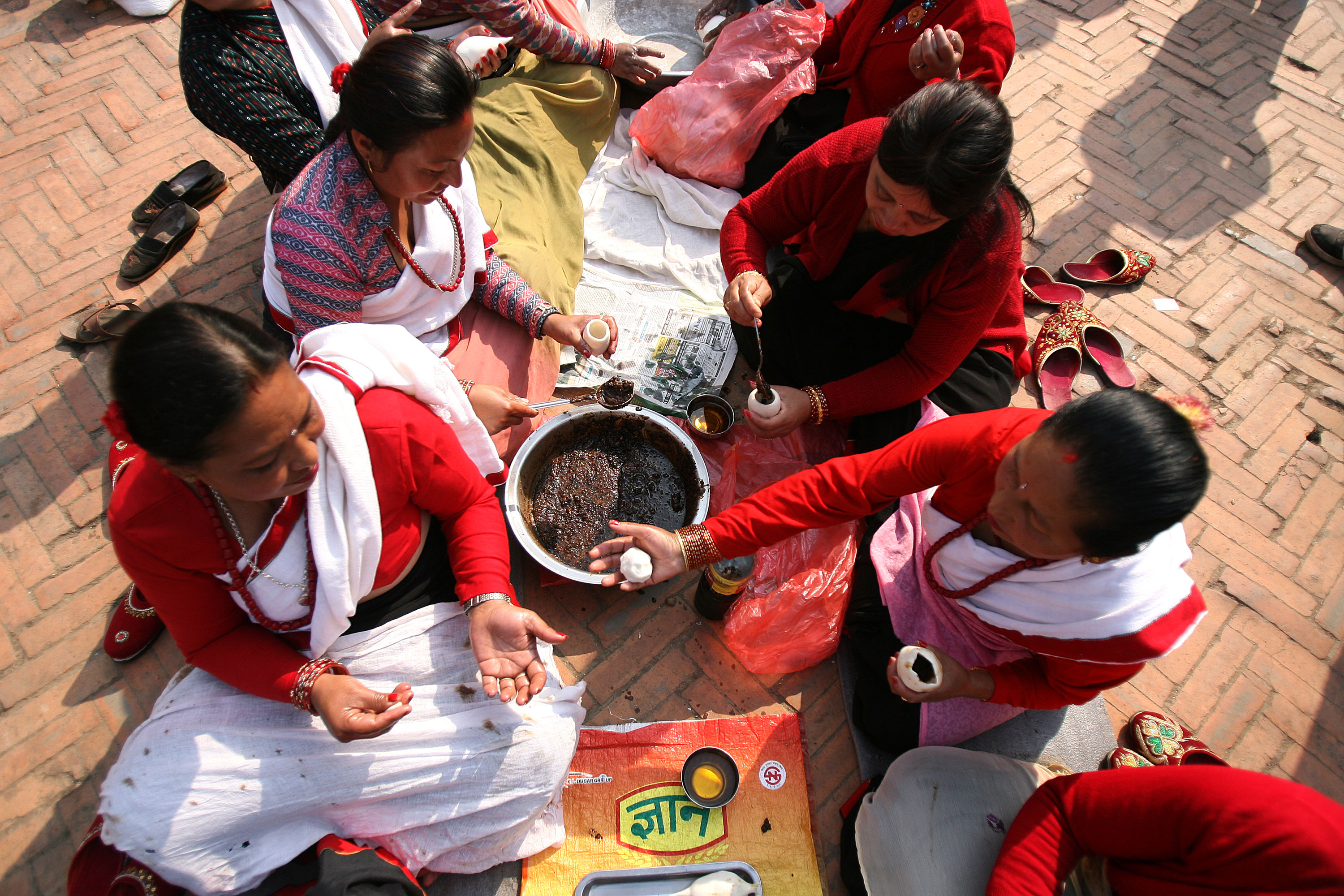
Village Café is one such establishment where yomaris are on the menu all year round, but the charm of the yomari during Yomari Punhi is incomparable, according to restaurant employees.
In the Village Café, the sale of yomaris during the festival spiked to 13,000 pieces last year from 1,000 when they first started in 2011.
“I think it’s also the element of nostalgia that attracts customers towards yomaris. For those who are new to the dish, its unique taste is what appeals to them,” says Rajee Dhital, head of department of Sabha Nepal’s Food and Value Chain Production, that owns Village café.
Sharmila Phuju, a resident of Wonde, also agrees with Dhital. She is a part of a woman’s group in her neighbourhood, who attend various events around the Valley to put up stalls to sell yomaris. To say they sell like hotcakes is an understatement, she says.
“We’ve been busy with this for the past few years,” she says. “We even get many invitations to come to events to set up our yomari stall, especially around the time of Yomari Puhni.”
According to the locals, the women setting up stalls hasn’t just helped in popularising the delicacy but helped them earn some extra income. And to attract more people to try yomari, many have also experimented with the fillings, from chocolate to even meat.
Dhital says innovation has helped revive the dish in Kathmandu valley. While she agrees that the essence of the traditional yomari is lost in the absence of its original ingredients, many of her younger customers love yomaris with chocolate and mushroom fillings.
“Initially we thought, ‘who will eat chocolate yomaris?’ and were quite sceptical about it,” says Maharjan, who has been part of the Cafe since its inception. “But as we saw that the customers liked the product, we were happy to continue making them.”
Suresh Kumar Shrestha, a local from Wonde, although agrees that variation and innovation is a positive step towards reinventing the delicacy to appeal to the masses. “In the Newar community, people offer this dish to gods,” he says. “Buddhist Newars also consider the pointy part of the yomari as a pinnacle of a chaitya.”




 17.12°C Kathmandu
17.12°C Kathmandu

